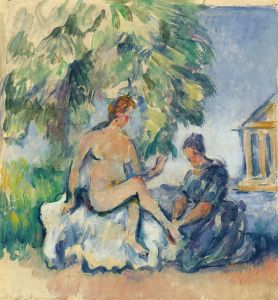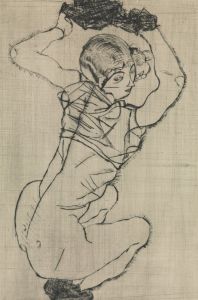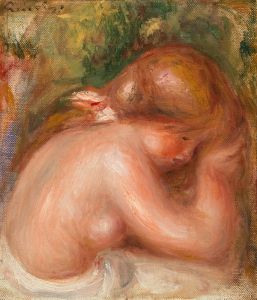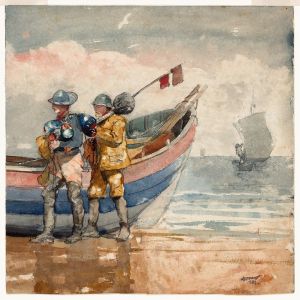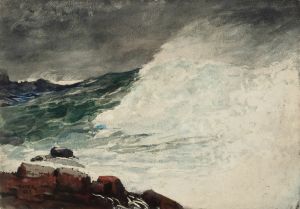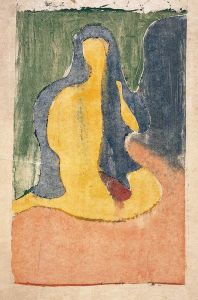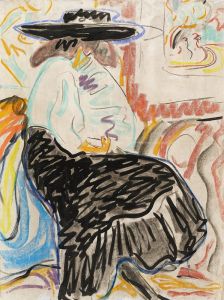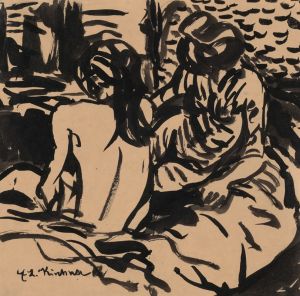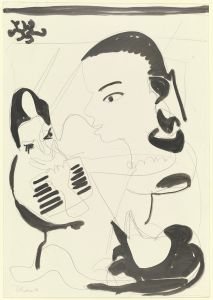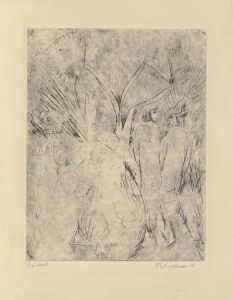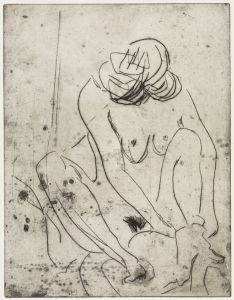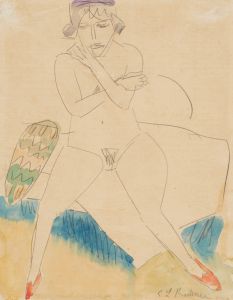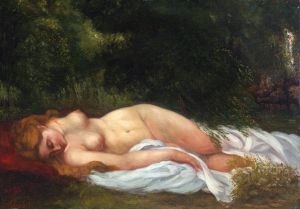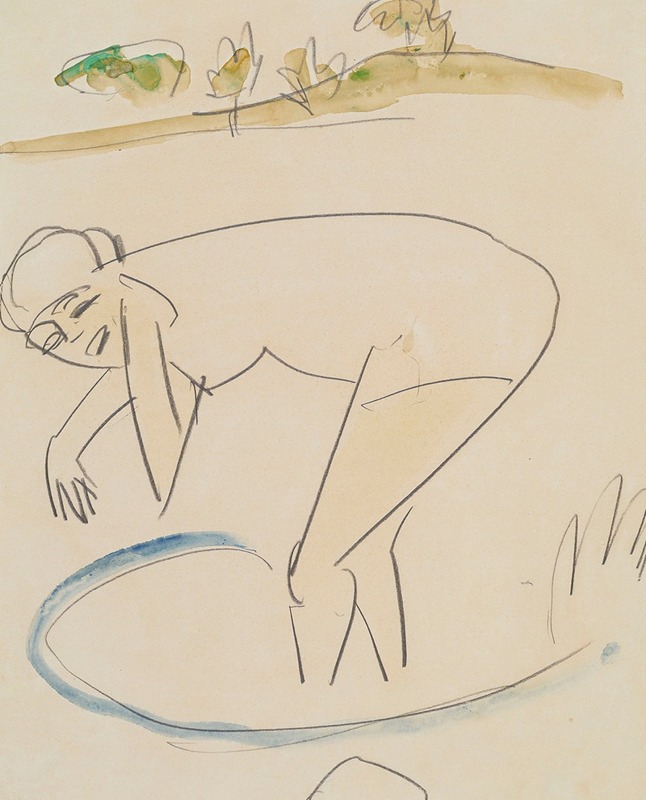
Badende am Ufer
A hand-painted replica of Ernst Ludwig Kirchner’s masterpiece Badende am Ufer, meticulously crafted by professional artists to capture the true essence of the original. Each piece is created with museum-quality canvas and rare mineral pigments, carefully painted by experienced artists with delicate brushstrokes and rich, layered colors to perfectly recreate the texture of the original artwork. Unlike machine-printed reproductions, this hand-painted version brings the painting to life, infused with the artist’s emotions and skill in every stroke. Whether for personal collection or home decoration, it instantly elevates the artistic atmosphere of any space.
"Badende am Ufer" (Bathing Women on the Shore) is a painting by Ernst Ludwig Kirchner, a prominent German expressionist painter and one of the founding members of the art movement Die Brücke (The Bridge). Created in 1910, this work exemplifies Kirchner's distinctive style, characterized by bold colors, dynamic forms, and a focus on the human figure in natural settings.
The painting depicts a group of nude women by the water's edge, a recurring theme in Kirchner's work during this period. The scene reflects the ideals of Die Brücke, which sought to break away from academic traditions and embrace a more direct, emotional, and spontaneous approach to art. The group's members often drew inspiration from nature and the human body, emphasizing a return to a more primal and unrestrained way of life. This is evident in "Badende am Ufer," where the figures are rendered with simplified forms and vibrant, non-naturalistic colors that convey a sense of vitality and freedom.
Kirchner's use of exaggerated lines and distorted proportions in this painting aligns with the expressionist goal of conveying inner emotions rather than adhering to realistic representation. The composition is dynamic, with the figures interacting harmoniously with their surroundings, suggesting a unity between humanity and nature. The brushwork is energetic and textured, further enhancing the sense of movement and immediacy.
"Badende am Ufer" is also significant for its reflection of the cultural and social context of early 20th-century Germany. The painting embodies the avant-garde spirit of the time, challenging conventional norms and celebrating individual expression. The depiction of nudity, in particular, was a deliberate rejection of societal constraints and an embrace of personal and artistic freedom.
Today, "Badende am Ufer" is recognized as an important example of Kirchner's contribution to modern art and the broader expressionist movement. It is held in high regard for its innovative approach to color, form, and subject matter, which continue to influence artists and captivate audiences. The painting is housed in the collection of the Brücke-Museum in Berlin, which is dedicated to the works of Kirchner and other members of Die Brücke.





